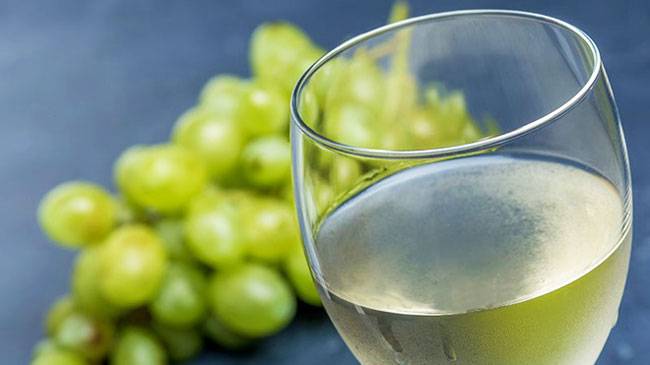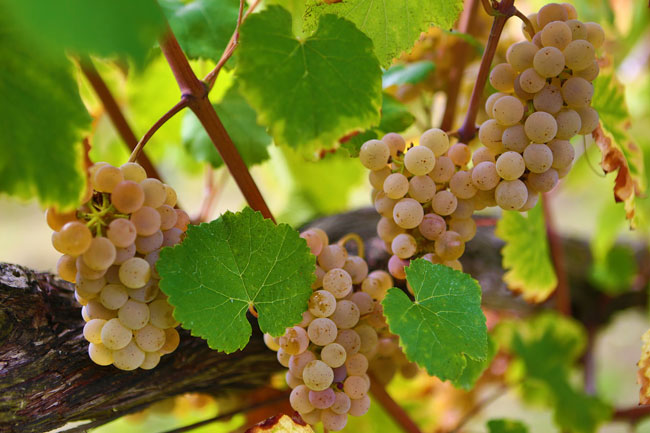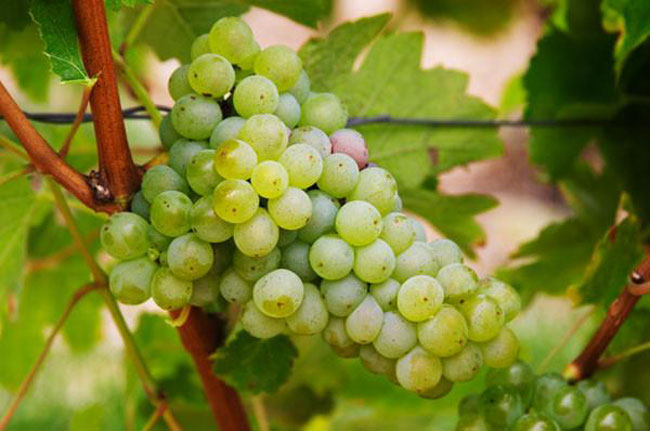There are many doubts about Vinho Verde wines and a lot of misinformation that generates many confusions.
Wine consumption is a habit of many Portuguese people. Many of the meals are accompanied by a glass of wine. Some prefer red wine; others choose white; some prefer a rosé. Many people have a profound lack of knowledge about Vinho Verde and associate the name with a distinct option of a red, a white or a rosé.

Vinho Verde is at the origin of many of the myths that are part of the wine world. There are many doubts that arise and a lot of misinformation that does nothing to clarify them. It is therefore important to “separate the wheat from the chaff” with regard to the following information. Realizing that one should trust more in the knowledge of experts than in the opinions of friends, given over coffee conversations, after having several clear tastings of the same wine…

Vinho Verde wine has the following white varieties: Alvarinho, Arinto (Pedernão), Avesso, Azal, Batoca, Cainho de Moreira, Cascal, Esganinho, Esganoso, Fernão-Pires (Maria-Gomes), Lameiro, Loureiro, Pintosa, Rabigato, S. Mamede, Semilão, Sercial (Stroke), Tália (Douradinha), Trajadura.
As red varieties: Alvarelhão (Brancelho) Amaral (Azal Tinto), Borraçal, Doçal, Doçal de Refoios, Espadeiro, Espadeiro Mole, Labrusco, Mourisco, Baker (Padeiro de Basto), Pedral, Pical Pôlho, Rabo-de-Anho (Rabo-de-Anho) -de-Ovelha), Sousão, Verdelho Tinto, Vinhão.

And it is through these fantastic grape varieties that the tasty and refreshing Vinho Verde emerges. Do you want to know some facts about this unique drink in Portugal and in the world?

The 10 facts about Vinho Verde wines:
– The first Portuguese wines to be exported to European markets were the Vinhos Verdes. The wines of Vale do Minho and Vale do Lima were exported in the 16th and 17th centuries, being regularly transported to Northern Europe.
– Feitoria Inglesa established itself in Viana do Castelo in the 16th century and, from this bar, Minho wines went to Northern Europe. It proves that wine has been made in Minho for a long time.
– The Demarcated Region of Vinho Verde was defined in 1908. This region extends throughout the northwest of Portugal, namely through the area traditionally known as Entre-Douro-e-Minho. The Vinho Verde Demarcated Region has been in existence for over a century!
– The Vinho Verde Demarcated Region is the largest Portuguese Demarcated Region. In terms of geographical area, it is also one of the largest in Europe!
– With regard to market presence, Vinho Verde is the second largest region in the national market.
– In 2017 alone, the Vinho Verde Demarcated Region exported a formidable amount of 25.8 million liters, a remarkable amount that was distributed across 104 countries.
– The Controlled Denomination of Origin (DOC) of Vinho Verde is used in different – wines, namely reds, whites, roses and sparkling wines, but also in other products, such as wine spirits. The Controlled Denomination of Origin (DOC) of Vinho Verde is also used in white, red and rosé.
– In most of the region where Vinho Verde is produced, the soil comes from the breakdown of granite. In general, the soil in the region has little depth, having sandy textures. Therefore, the acidity resulting from these conditions is naturally high.
– There are variations in soil typology and microclimates. Due to these variations, its division into nine sub-regions is justified. These sub-regions present their characteristics with different varieties recommended for production.
– As with DOC certification (ie Controlled Denomination of Origin), wines that benefit from IGM certification (ie Minho Geographical Indication) are also subject to strict control at all stages of production.
– Currently, there are more than 15 thousand farmers working in the name of Vinho Verde, with a production of 100 thousand tons of grapes!

Now that you know a little more about Vinho Verde wine, you will be able to fight the myths with real knowledge.
Source: ncultura.pt






No Comments Found